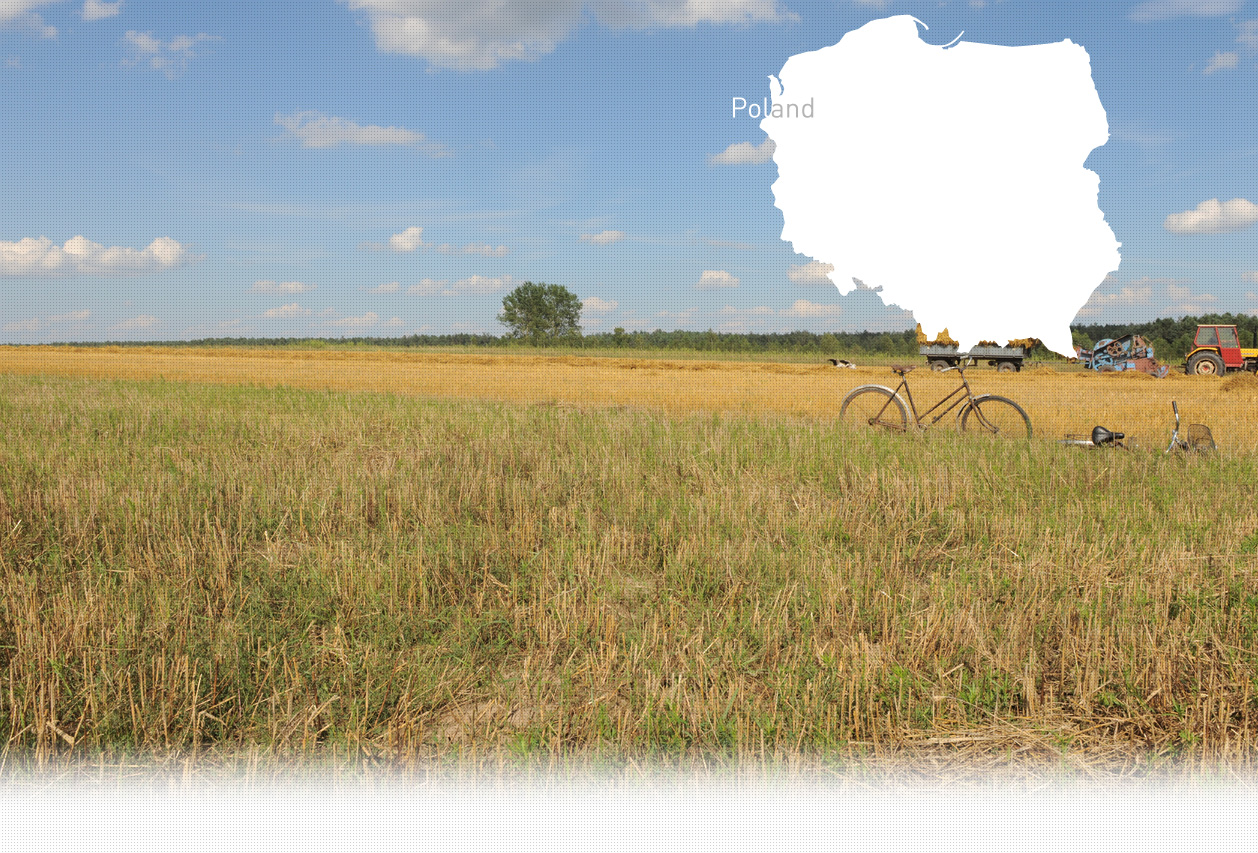

1 Sitio(s) de ejecución
Stanisława T., born in 1927, describes the camp Szebnie:
“Y.U.: What was this place before? Was it an empty plot?
W: Before, there were agricultural fields. And in the middle of the fields there was a manor.
Y.U.: Was there only one building inside this agricultural property?
W: No, there were many buildings. The owners of the manor had stables with horses; they had a garden with a small building inside. In all, there were four buildings: two on each side of the road. The servants lived in one of those houses and another one was the manor of the Gorajscy family.
YIU: During the construction of the camp were the buildings fenced in with the barbed wire?
W: Yes, the entire camp was fenced in with barbed wire.
Y.U.: How far was the central building from the fence?
W: Not that far, a couple of meters away from the Gorajscy manor. There was a gate to enter the camp.
Y.U.: Did the construction start immediately after the Germans’ arrival?
W: Shortly after, during the first year. In the beginning there was no electricity in the camp. It was after that the barracks were built and the electricity was established.
Y.U.: What kind of building materials were you forced to bring? Was it wood or stone?
W: Stones, gravel, sand, planks, and iron wires. (Testimony n°363, interviewed in Bierówka, on June 23, 2014)
There was probably another execution of Hungarian Jews in Dobrucowa, but the bodies were burned. [Court Inquiries about executions and mass graves in districts, provinces, camps and ghettos-Ankieta Sadow Grodzkich; USHMM; RG-15.019M Reel#10, File 34, p.284-285]
“In the third decade of October [or September 1943], Jews from Bochnia, Przemyśl, Rzeszów and Tarnów were brought [to the Szebnie camp]. [...] The transport was immediately gathered on the square next to the camp and selections of Jews were carried out. In the square next to the camp, 500 people were placed, most of them elderly, children and women. On the same day, all the Jewish prisoners were gathered in the roll-call square, arranged according to occupation, men separately from women. The square was surrounded by Ukrainian guards. Lagerfuehrer Grzymek was looking through the ranks and taking people out according to his will. Mostly children, old people and many women. This group, surrounded by Ukrainian guards, was led out of the camp, joined with a newly arrived transport, taken on foot to a forest 3 km away and bestially murdered there. Piles of wood, corpses set on fire. Few managed to escape. Transports of wood came every hour for three days to keep the fire going. Ten prisoners were taken to stack the wood and pick up the corpses. Three of them escaped. The rest were shot. Gendarme who did this bragged about it to us. […] Two days after our transport [to Auschwitz on November 4], 500 last prisoners were gathered on the roll-call square, where selection was carried out and 400 people were taken naked out of the camp, shot dead. Their bodies were burned so there would be no evidence left.”[Testimony of Marek Anisfeld, Jewish prisoner who worked in the Szebnie camp; Archive of the Jewish Historical Institute, 301/1079]
Dobrucowa is a village located in Podkarpackie voivodeship, 60 kilometers south west of the regional capital Rzeszów. Before the war, Jews didn’t live in Szebnie nor Dobrucowa but Jews from Warzyce and other towns were coming there to trade from time to time.
Rzeszów, Bochnia, also Roma and Poles were detained in the camp. All the inmates fit to work were subjected to forced labor while others were systematically exterminated. In autumn 1943 there were about 5,000 detainees and their number gradually rose to 10,000. Throughout the entire existence of the camp, the inmates were killed by shooting either in the nearby forest of Dobrucowa or in the cemetery of Szebnie, or deported to Auschwitz. Thus, the first execution of Jews was conducted September 22nd 1943, when about 700 Jews, including 400 from Tarnów, were murdered in the forest of Dobrucowa. The second execution occurred on November 6th in the same forest. Bodies of the victims were burned and thrown into a nearby river. On the eve of the second execution, 2,800 Jewish inmates from the camp were deported to Auschwitz.
For more information about the camp in Szebnie please refer to the corresponding profile
¿Tiene información adicional con respecto a un pueblo que le gustaría compartir con Yahad?
Por favor contáctenos a contact@yahadinunum.org
o llamando a Yahad – In Unum at +33 (0) 1 53 20 13 17